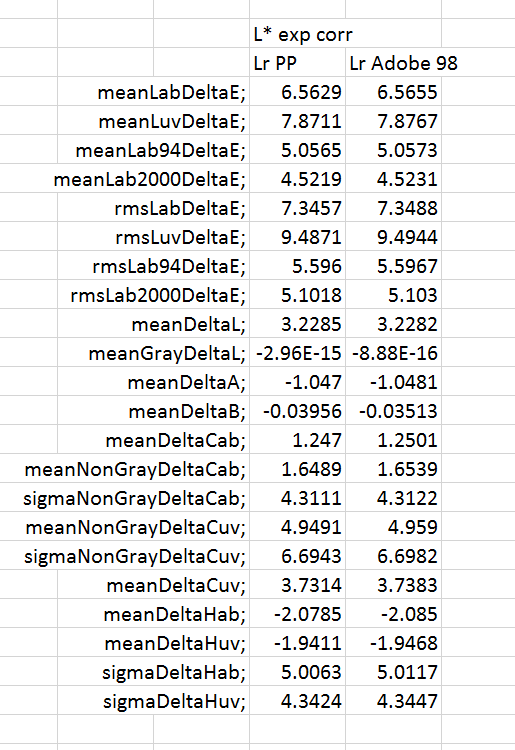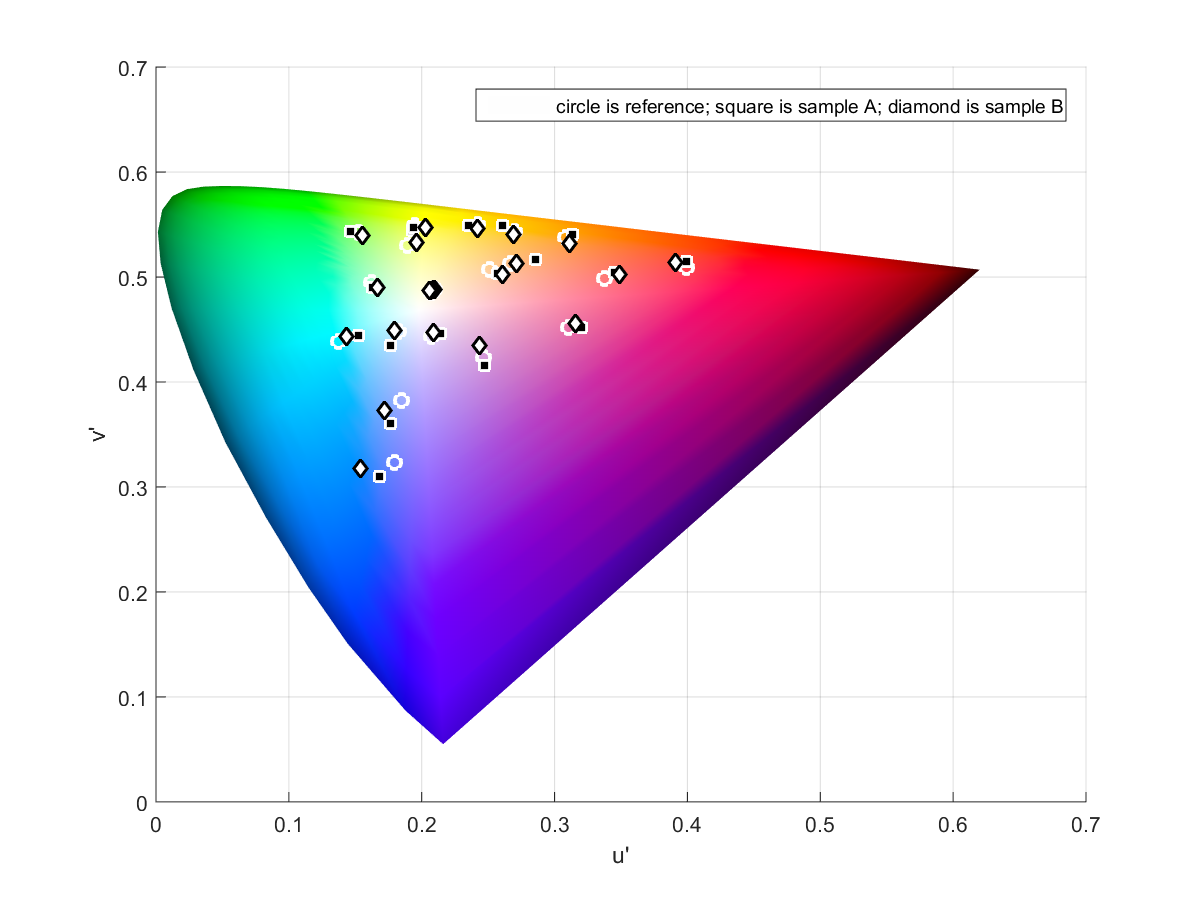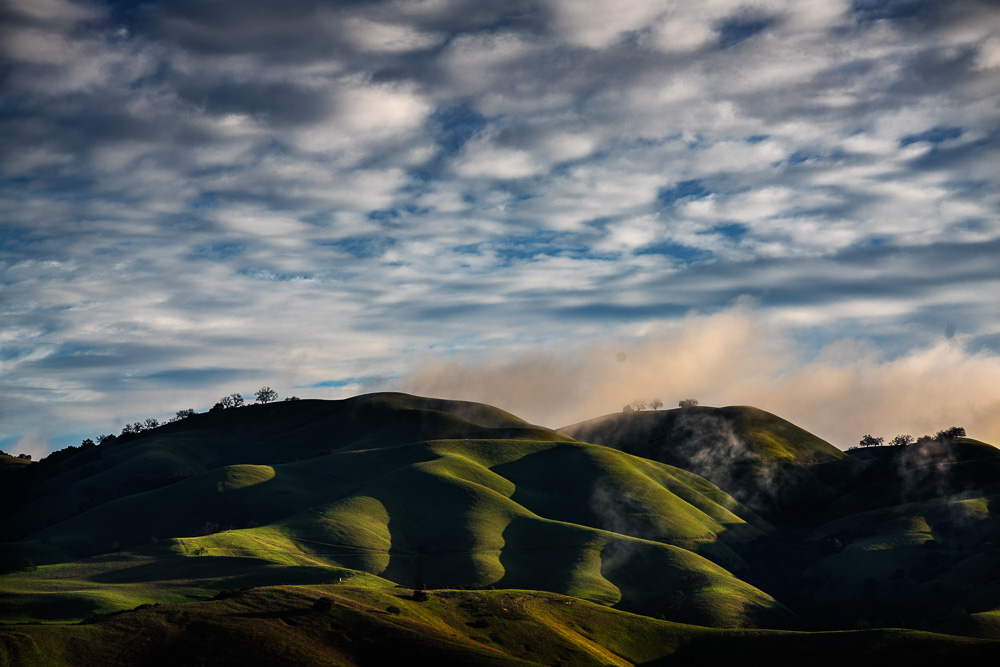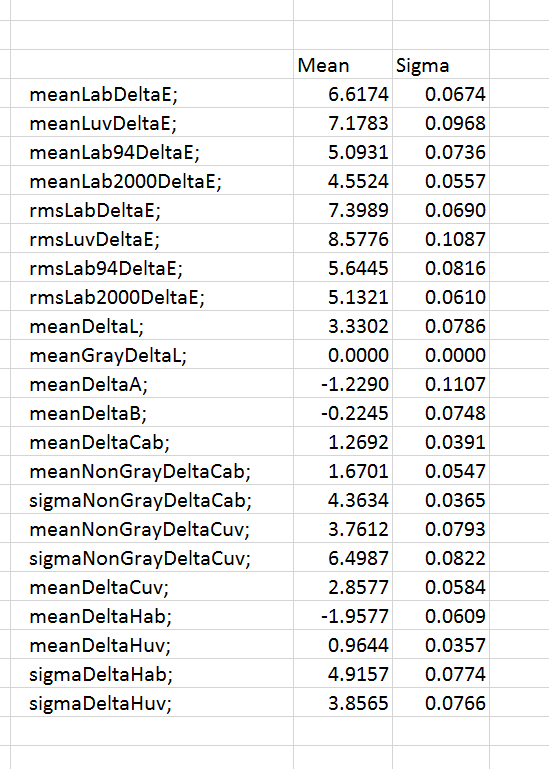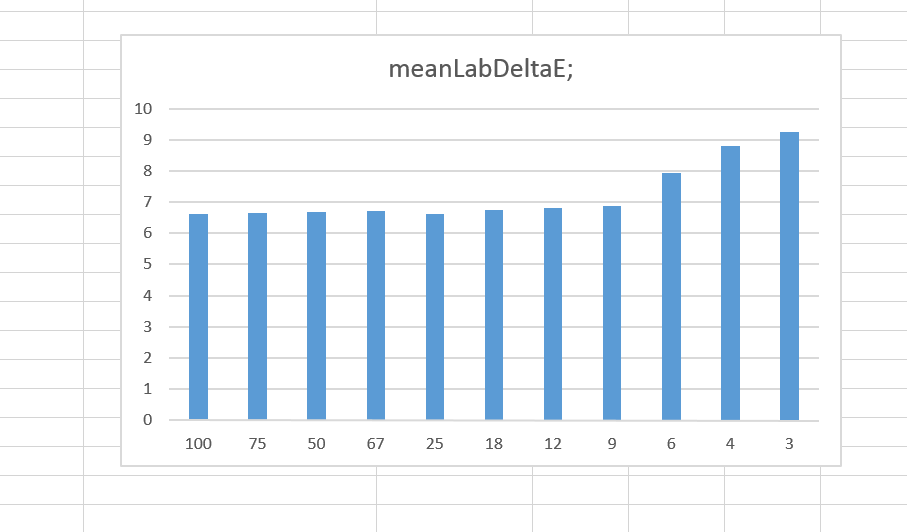This is the 33rd in a series of posts on color reproduction. The series starts here. There are a few loose ends in this Macbeth chart analysis work. One is: does the color space used to export the test image from the raw developer make a difference? We already know that it does in the… [Read More]
Archives for February 2016
Capture 1 vs Lr ASP default color processing
This is the 32nd in a series of posts on color reproduction. The series starts here. It’s been a long, long road, but I’m finally ready to address the question that started this serial discourse on color reproduction, to wit: “What are the differences between Capture 1 and Lightroom default color conversions of Sony a7RII… [Read More]
Some more color hills images
Yesterday and today, I developed a few color images of the hills near my house.from exposures made in the past two weeks.
Macbeth testing with auto-exposure
This is the 31st in a series of posts on color reproduction. The series starts here. We have seen that, with nonlinear profiles, Macbeth color accuracy can be affected by exposure. The purpose of this post is to explore the utility of the automatic exposure systems that are built into modern cameras as a tool… [Read More]
Macbeth light dimming effects
This is the 30th in a series of posts on color reproduction. The series starts here. In some of the testing I’ve been doing, I’ve been varying the intensity of the Westcott LED panels that I’ve been using, and expecting the spectrum of the lights to not change materially. Is that a good assumption? I… [Read More]
- « Previous Page
- 1
- …
- 6
- 7
- 8
- 9
- Next Page »
